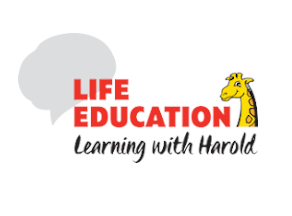

The cerebrum is the largest part of the brain, and is not only where we think, but also the area of the brain that controls our muscles when we want to move.
Our memories are stored in the cerebrum. The cerebrum is divided into two halves (called ‘hemispheres’), and scientists know that they each work slightly differently.
The left half appears to control logical, planned functions such as maths or speech, whereas the right half seems to be where our more creative and artistic ideas originate.
The left side of the cerebrum controls movements on the right side of our body, while the right side of the cerebrum controls our left side.
The cerebellum controls our balance and the coordination of our body and muscles when we move, so that it is easy for us stand upright and walk smoothly.
The brain stem controls our body’s automatic (involuntary) functions such as breathing, swallowing, and digesting food, and keeps our heart beating in order to circulate blood around our body.
The pituitary gland produces hormones that control how, when, and how much we grow.
The hypothalamus is our temperature control mechanism. When we get too hot, the hypothalamus sends messages to start sweating - just as it sends messages to start shivering if we are too cold. It also controls our hunger, thirst, and sleep patterns.
The amygdala is the part of the brain that is associated with our emotions, especially fear. It is also active when we are learning new things, and it is the part of our brain that processes new memories, which will then be stored in the cerebrum.
Brain Facts